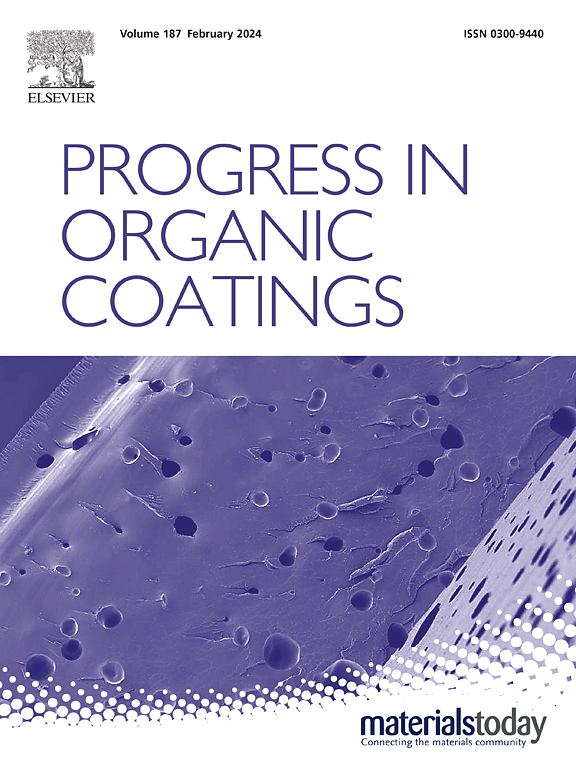Construction of a self-floating fabric based on CVD-assisted coating and its application in interfacial evaporation
IF 6.5
2区 材料科学
Q1 CHEMISTRY, APPLIED
引用次数: 0
Abstract
The discharge of industrial wastewater and the shortage of fresh water resources are increasingly endangering human daily life. In this experiment, bismuth oxychloride with oxygen vacancies was attached to a fabric surface using the solution deposition method, and then perfluoro-trichlorosilane was grafted on the surface to prepare a multifunctional superhydrophobic fabric. After mechanical stability testing, the fabric retained a water contact angle that consistently exceeded 150°, which could realize the selective adsorption of insoluble oil such as cyclohexane. Through a capture experiment of active species, the conclusion drawn was that holes (h+) and superoxide free radicals (·O2−) were primary active species for the photocatalytic degradation process. After 4 cycles of photodegradation, the degradation efficiency could still reach 92.8 %, showing excellent cyclic degradation stability. An interfacial solar steam generator (ISSG) was assembled using the superhydrophobic fabric as the support layer and a polypyrrole sponge as the photothermal layer, whose evaporation efficiency under one sun reached 2.8376 kg·m−2·h−1, with a photothermal conversion efficiency of 92.255 %. This ISSG demonstrates excellent wastewater purification capabilities. Interfacial evaporation devices show promising prospects in solar-powered wastewater purification, which further expand the use of interfacial evaporation to solve the problem of water scarcity.

求助全文
约1分钟内获得全文
求助全文
来源期刊

Progress in Organic Coatings
工程技术-材料科学:膜
CiteScore
11.40
自引率
15.20%
发文量
577
审稿时长
48 days
期刊介绍:
The aim of this international journal is to analyse and publicise the progress and current state of knowledge in the field of organic coatings and related materials. The Editors and the Editorial Board members will solicit both review and research papers from academic and industrial scientists who are actively engaged in research and development or, in the case of review papers, have extensive experience in the subject to be reviewed. Unsolicited manuscripts will be accepted if they meet the journal''s requirements. The journal publishes papers dealing with such subjects as:
• Chemical, physical and technological properties of organic coatings and related materials
• Problems and methods of preparation, manufacture and application of these materials
• Performance, testing and analysis.
 求助内容:
求助内容: 应助结果提醒方式:
应助结果提醒方式:


